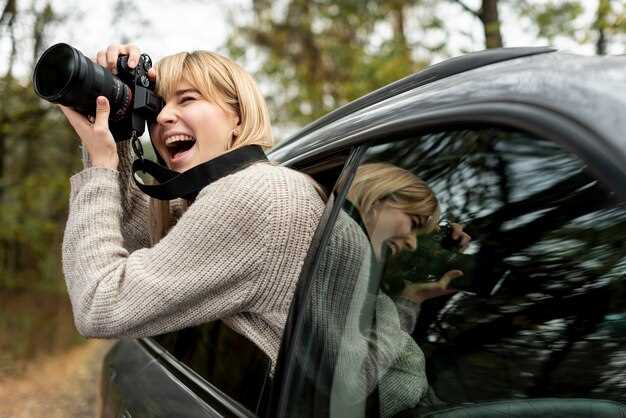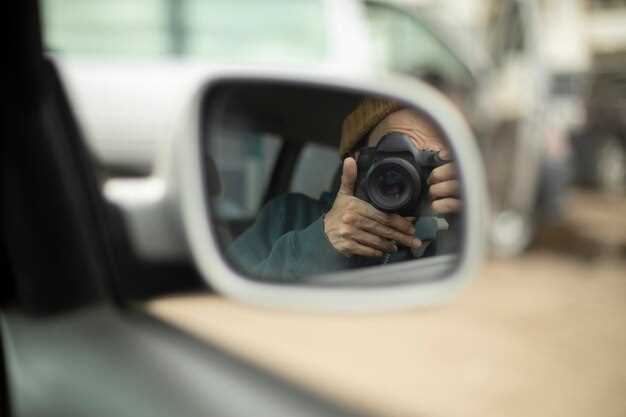How to Photograph Your Fiat Like a Pro

In the world of automotive photography, capturing the essence of a vehicle is essential for showcasing its unique features and design. The iconic Fiat brand serves as a perfect subject for budding photographers looking to enhance their skills. With its rich heritage and distinct styling, Fiat vehicles present a unique opportunity to create stunning shots that highlight their character and charm.
To effectively showcase Fiat cars, photographers must be well-versed in various techniques that enhance their images. This article will delve into essential tips that can elevate your Fiat photography, including composition, lighting, and post-processing. By mastering these elements, you will be able to capture breathtaking images that resonate with viewers and effectively convey the spirit of the Fiat brand.
Whether you’re an amateur enthusiast or a seasoned professional, understanding the nuances of Fiat photography can make a significant difference in your work. By implementing these tips, you’ll not only improve your technical skills but also develop a keen eye for detail, allowing you to showcase Fiat vehicles in their best light.
Optimizing Lighting Conditions for Fiat Photography

When it comes to fiat photography, the importance of lighting cannot be overstated. Capturing stunning shots of your fiat involves understanding how light interacts with the vehicle’s surfaces, colors, and shapes. Optimal lighting can enhance the details and create a striking visual appeal in your photographs.
Natural light is often the best choice for fiat photography. Early morning or late afternoon, known as the golden hour, provides soft, warm lighting that can beautifully showcase the car’s contours and paint finish. During these times, shadows are gentle, reducing harsh reflections that may distract from the photograph’s focal point.
In contrast, mid-day sunlight can be quite challenging due to its intensity. If you find yourself shooting during this time, seek shaded areas or use diffusers to soften the light. This can help to minimize glare and ensure that the details of the fiat are clear and vibrant in your images.
Additionally, consider the direction of light. Front lighting can help to highlight the car’s features, while side lighting can add depth and dimension. Experimenting with different angles can reveal unique aspects of the fiat that might go unnoticed in flat lighting conditions.
When shooting in low light, utilize reflective surfaces and strategically placed lights to illuminate the car. This technique can create dynamic shadows and highlights, giving your photographs an artistic touch. Always be mindful of the overall mood you wish to convey–warm lighting can evoke feelings of nostalgia, while cooler tones can communicate a modern edge.
In any scenario, adjusting your camera settings to adapt to the available light is crucial. Using a lower ISO setting in bright conditions prevents overexposure, while higher settings may be necessary in dim lighting but can introduce noise if set too high.
Lastly, don’t underestimate the power of post-processing. Enhancing brightness and contrast can further refine the final image, allowing the fiat to stand out as the masterpiece it is. With practice and attention to lighting, you can elevate your fiat photography to create compelling and memorable images.
Framing Techniques to Highlight Your Fiat’s Features

Framing is a crucial component of photography that can significantly enhance the appeal of your Fiat. By utilizing various framing techniques, you can effectively showcase its unique characteristics and design details. One of the most straightforward methods is to use natural elements like trees, buildings, or fences to create a border around your car. This approach draws attention to the Fiat while also placing it within a context, making the image more engaging.
Another effective technique is the use of leading lines. Position your Fiat in a way that natural lines, such as roads or pathways, lead the viewer’s eye directly to the car. This not only emphasizes the vehicle but also adds depth to the composition. Experiment with angles; shooting from a lower perspective can elevate the Fiat and highlight its contours, creating a dramatic effect.
Additionally, consider utilizing reflections in puddles, mirrors, or glass surfaces. This technique can add an artistic touch while showcasing the Fiat’s sleek design. By framing your shot to include these reflections, you create a multi-dimensional image that captivates viewers.
Lastly, incorporating the rule of thirds can improve the overall balance of your photographs. Position key features of your Fiat along the intersecting lines of a divided frame, enhancing focus and interest. This method helps maintain the viewer’s attention while allowing the car’s aesthetic qualities to shine.
Post-Processing Tips for Enhancing Fiat Car Images
Post-processing is crucial for elevating fiat car photography, transforming good shots into stunning visuals. Begin by adjusting the exposure to ensure the car is well-lit without losing detail in bright highlights. Use a histogram to guide your adjustments, making sure the image retains a natural look.
Next, fine-tune the contrast to add depth to your images. This helps the features of the fiat stand out, highlighting its curves and lines. A slight increase in contrast can bring life to the color palette, making the vehicle appear more vibrant and appealing.
Color correction is equally important. Utilize tools like HSL (Hue, Saturation, Lightness) to enhance the car’s colors specifically. For instance, boosting the reds and blues can emphasize the fiat’s paint job, creating a striking visual impact. Be mindful not to oversaturate, as this can lead to unnatural results.
Sharpening is essential for adding details to your fiat images. Apply sharpening selectively to enhance the car’s features while avoiding artifacts in the background. A subtle increase in sharpness can make the wheels, grille, and headlights appear crisper, providing a more professional look.
Lastly, consider adding a vignette to draw attention toward the fiat. A slight darkening around the edges of the photo can guide the viewer’s focus to the vehicle, enhancing its prominence within the frame. This technique creates an engaging composition, making the car the star of the shot.



